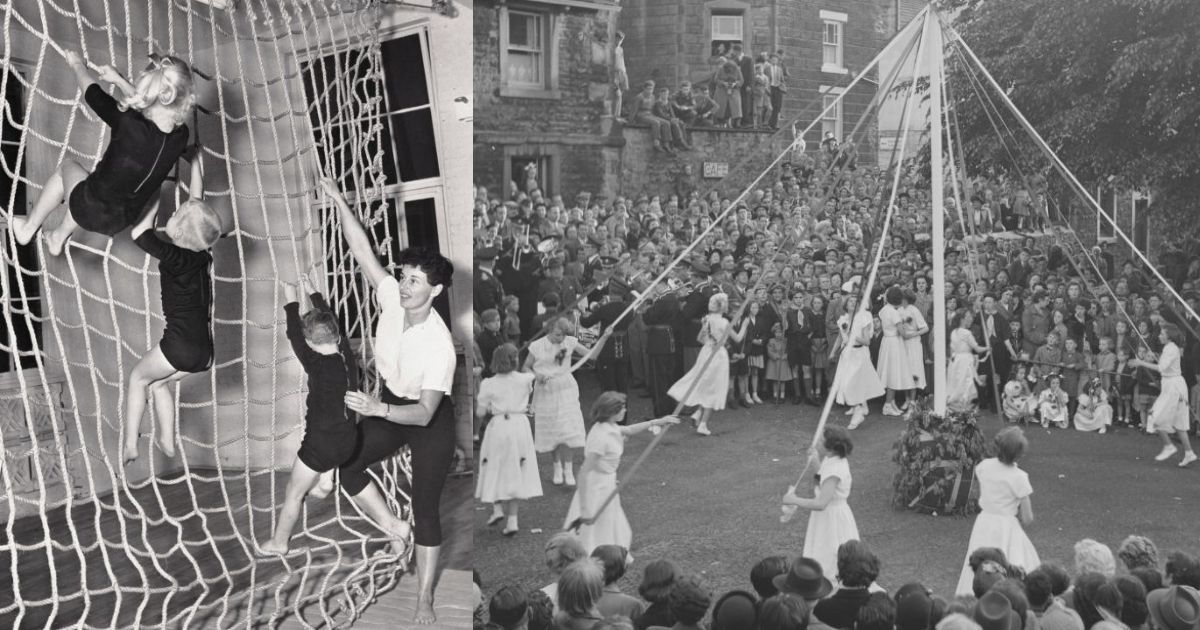As generations pass, we often find ourselves reminiscing about the “good old days” and reflecting on the differences between the past and the present. Childhood experiences, in particular, have undergone significant transformations over the years. Let’s take a nostalgic journey back to the 1950s and 1960s and explore the unique aspects of school life during that era.

School Was the First Parting of the Ways
For children in the ’50s and ’60s, school marked a major milestone – their first separation from their parents. The first day of school brought a mix of excitement and trepidation. Instead of the colorful backpacks of today, children from earlier decades used satchels to carry their schoolbooks and pencils. Velcro had just been invented, but shoes were still secured with laces, and satchels fastened with buckles.

Morning Prayer or the Pledge of Allegiance
Before the start of classes, schools in the ’50s and ’60s would typically commence with an assembly and worship. For American schools, this often meant reciting the Pledge of Allegiance. Although in 1962, the Supreme Court banned prayer if led by the school, individuals were still free to pray. The Pledge of Allegiance, with the added phrase “under God” (approved by Congress in 1954), remained a daily ritual.
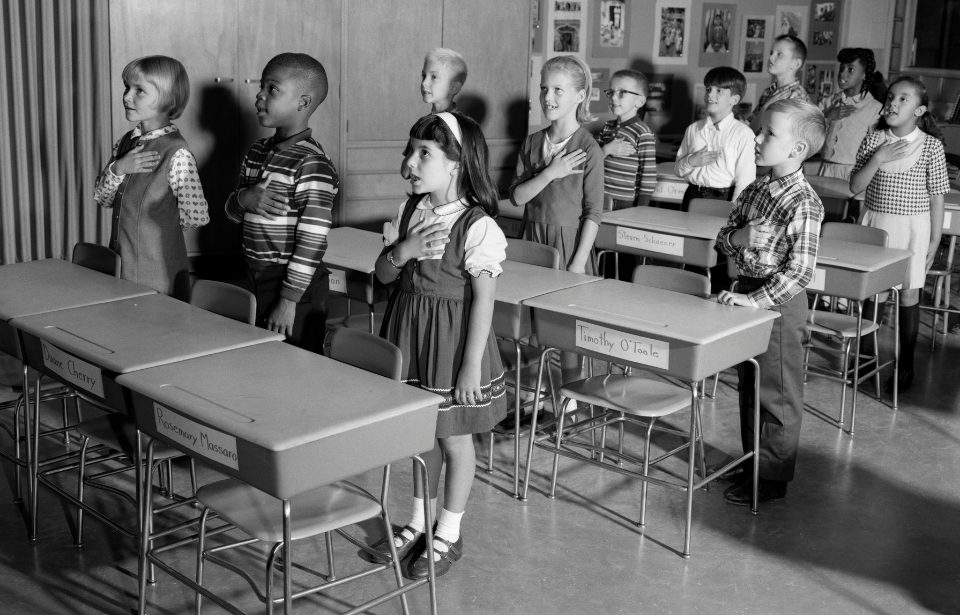
Milk: A Unique Experience
Drinking milk in school has been a long-standing tradition. However, the experience in the ’50s and ’60s differed greatly from today. Milk was delivered by the milkman in bottles or cartons, leaving it in a crate outside the school. During the summer, the milk had a tendency to spoil, making it less enjoyable to consume. In the winter, bottles of milk would freeze and then be thawed on radiators, resulting in an icy cold drink.

Ha’penny Charity Drives: Supporting a Cause
Fundraising in schools during the ’50s and ’60s took a unique form. Instead of fun runs or bake sales, British children were tasked with collecting halfpennies from friends and family. The halfpenny, being an affordable amount for many, allowed widespread participation. Each class would organize the collected halfpennies into lines, with the class boasting the longest line receiving praise for raising the most money.
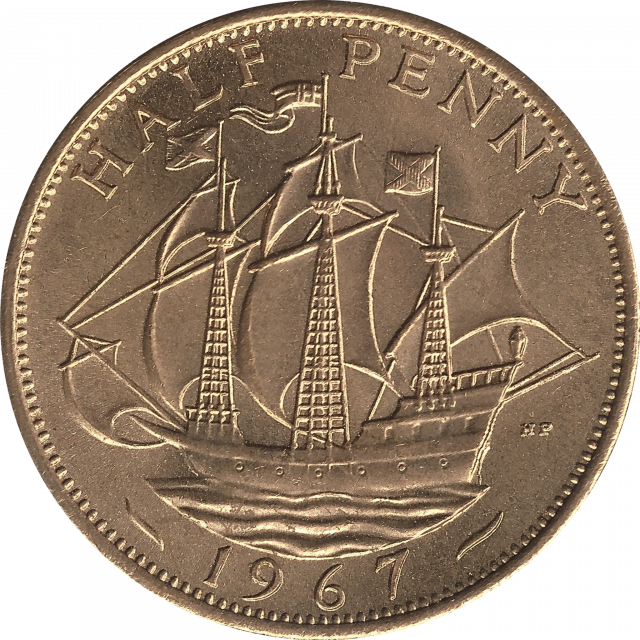
Maypoles and Music and Movement
Physical education classes in the ’50s and ’60s often involved a radio show called Music and Movement. The teacher would play the radio program, and the children would enthusiastically follow the instructions, leaping and dancing to the music. Maypole dancing was also taught, with children performing their dances around the school or in the village/town where they lived.
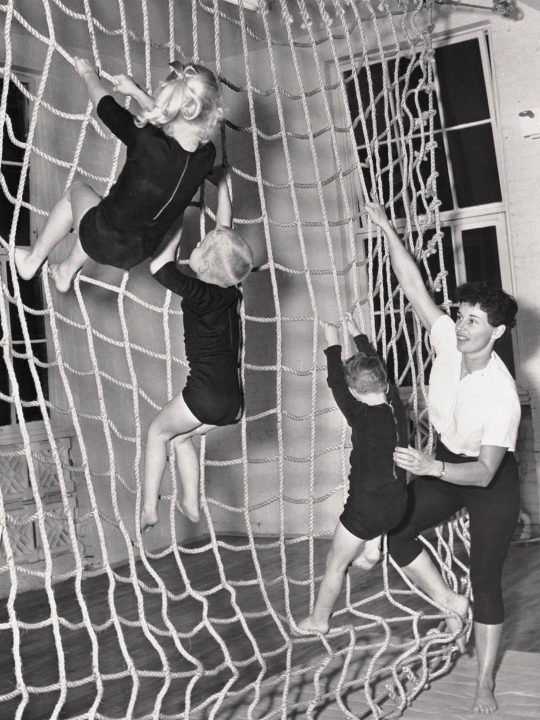
School Dinners: An Unforgettable Culinary Experience
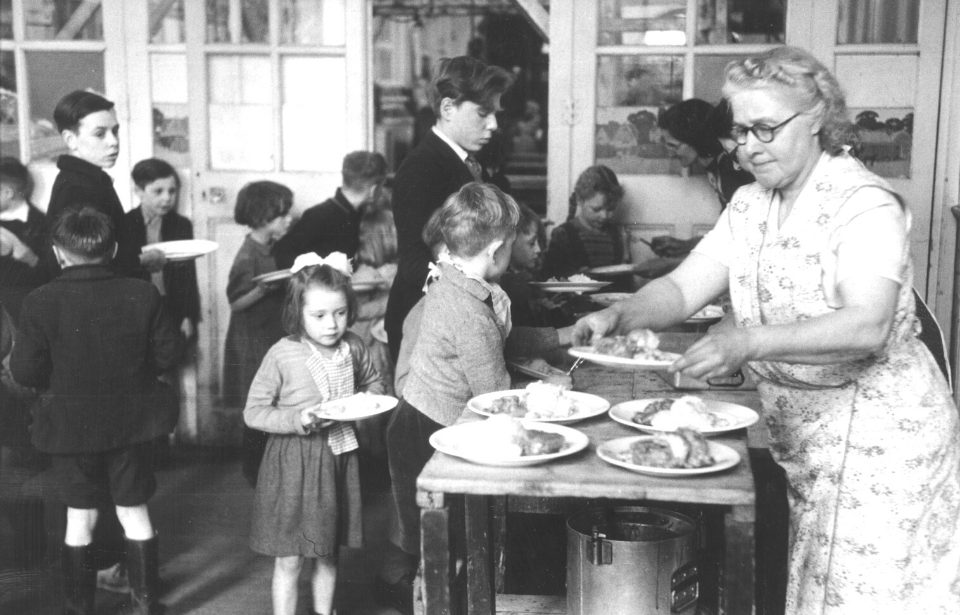
School dinners in the ’50s and ’60s were quite different from the varied and nutritious meals commonly served today. Children were presented with a single entree and one dessert, with no alternative options available. Moreover, due to the post-war rationing mentality, children were required to finish everything on their plates. One pupil recounted the challenge of washing down lumps of gristle with mouthfuls of water to clear their plate. While the main courses often featured minced beef, stews, mashed potatoes, and turnips, many remember the desserts, such as baked sponge cake with lumpy custard, with nostalgic fondness.
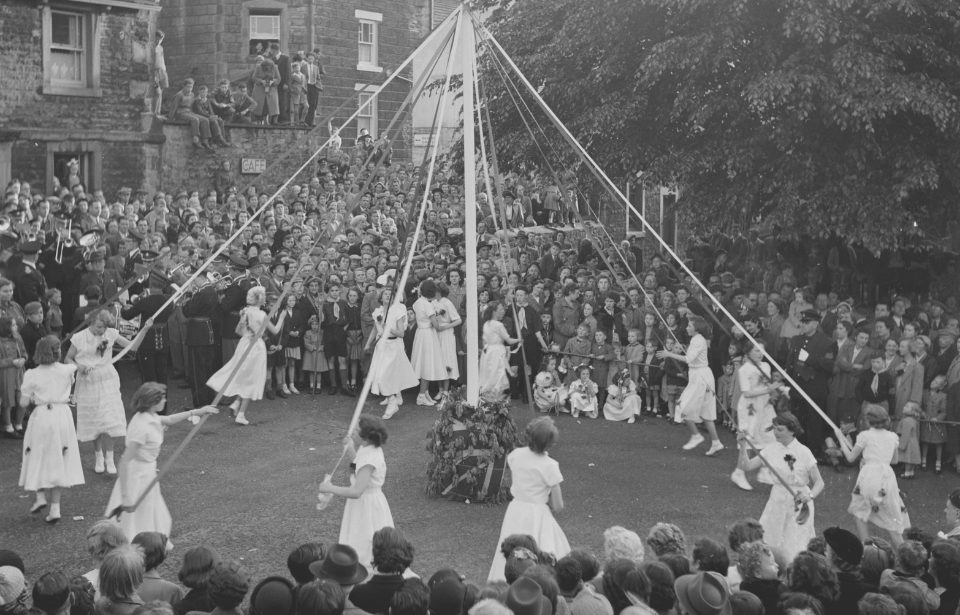
No Internet: A World without Digital Information
In an era when the internet was still years away, research was conducted using books and information provided by teachers. Occasionally, a projector would be used to present information to the entire class simultaneously, or teachers would write on a chalkboard for all to see and take notes.
Fear of the Ruler and the Joy of Erasing
Discipline in classrooms during the ’50s and ’60s often involved corporal punishment. Misbehaving students would risk being whacked on the knuckles with a ruler or taken to the front of the class by their ear for punishment. Whiteboards were not yet commonplace, so lessons were written on chalkboards. The erasers used to wipe the chalkboard clean held both dread and delight for students. While misbehaving students might be struck by flying erasers, it was considered a treat to clean them. Two erasers would be taken outside and clapped together, releasing a cloud of chalk dust.
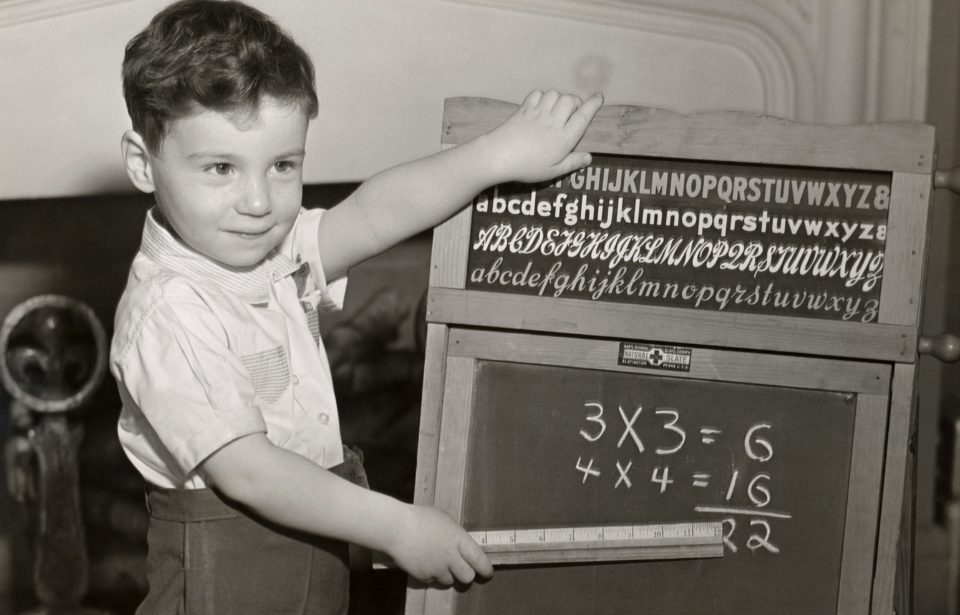
School life in the 1950s and 1960s was truly its own thing. From the excitement and fear of the first day to the morning prayers and unique school traditions, every aspect of education carried its own charm and memories. Although times have changed, the nostalgia for this era reminds us of the simple pleasures and unique experiences that shaped our past.

